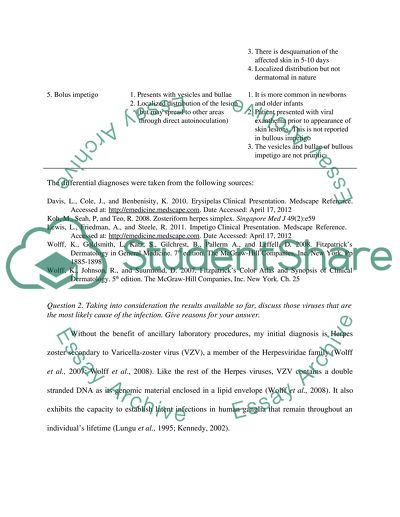Cite this document
(“Microbiological infections Essay Example | Topics and Well Written Essays - 3250 words”, n.d.)
Retrieved from https://studentshare.org/health-sciences-medicine/1397681-microbiological-infections
Retrieved from https://studentshare.org/health-sciences-medicine/1397681-microbiological-infections
(Microbiological Infections Essay Example | Topics and Well Written Essays - 3250 Words)
https://studentshare.org/health-sciences-medicine/1397681-microbiological-infections.
https://studentshare.org/health-sciences-medicine/1397681-microbiological-infections.
“Microbiological Infections Essay Example | Topics and Well Written Essays - 3250 Words”, n.d. https://studentshare.org/health-sciences-medicine/1397681-microbiological-infections.


